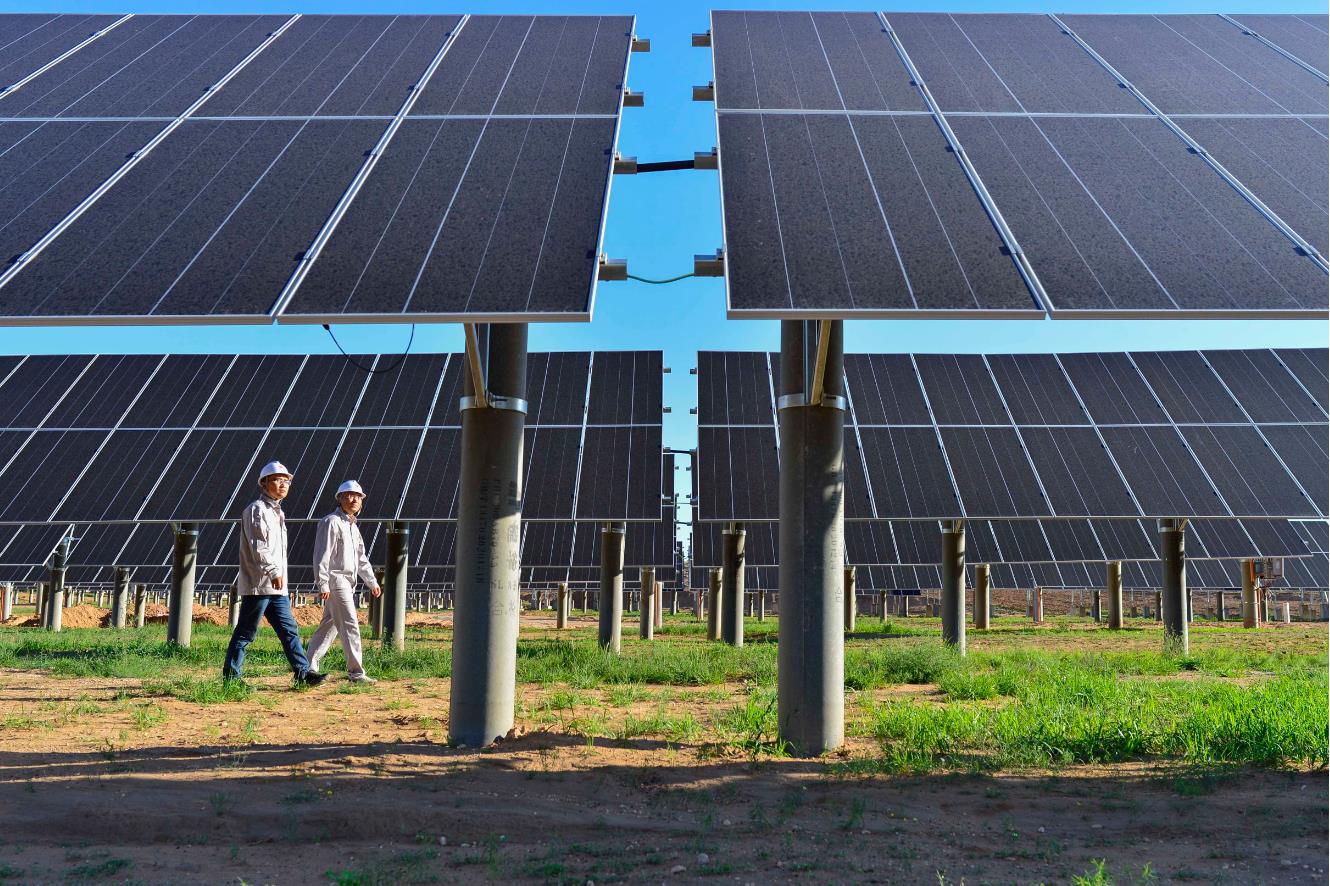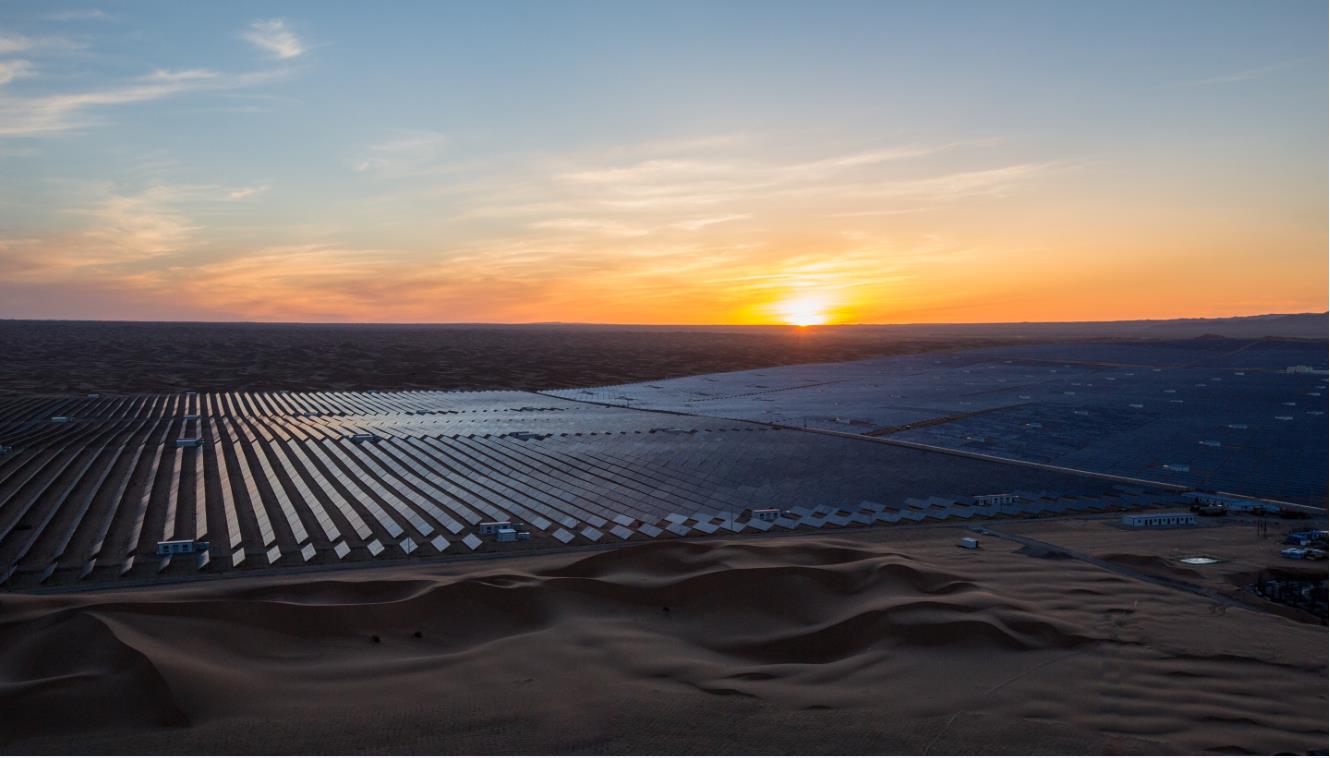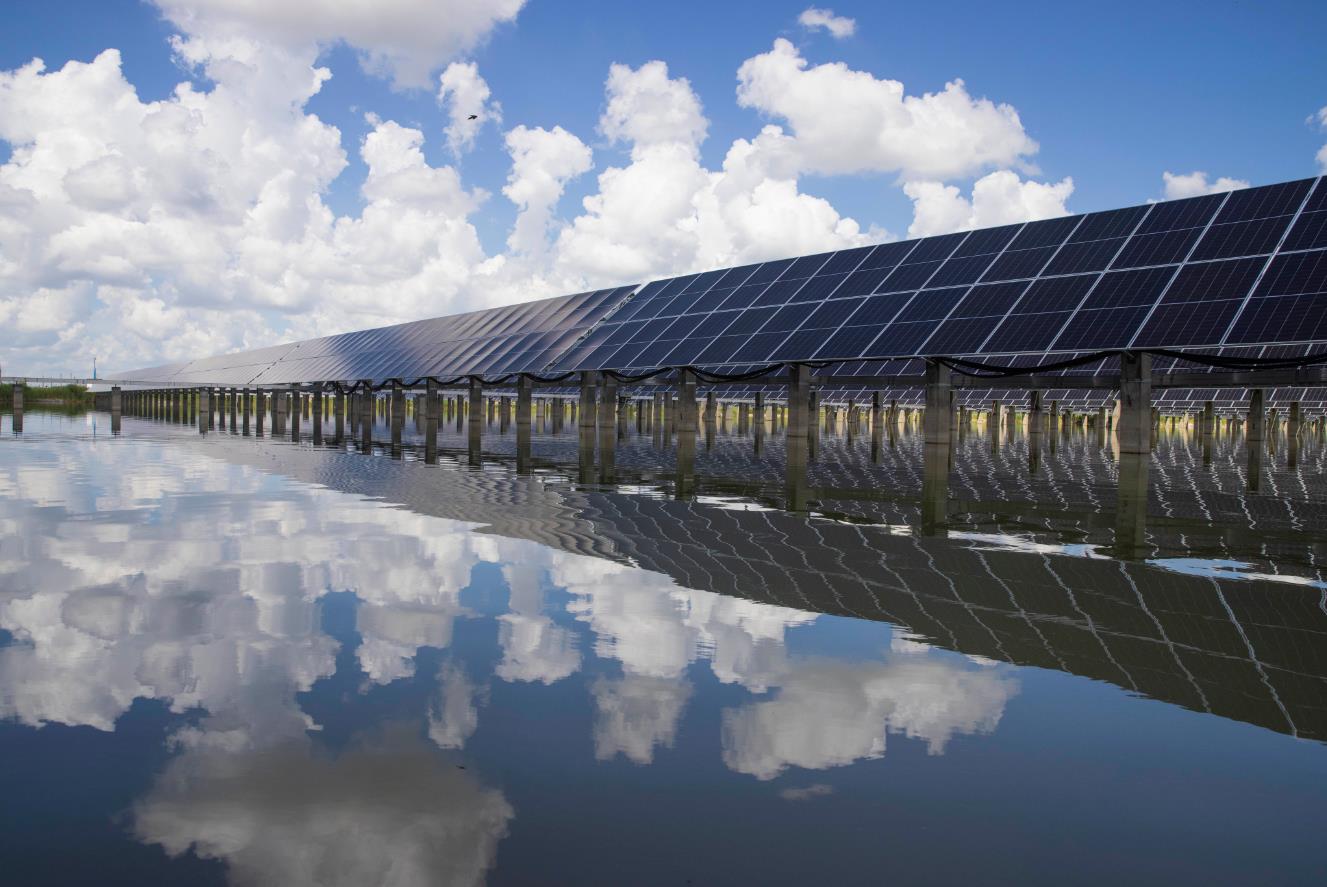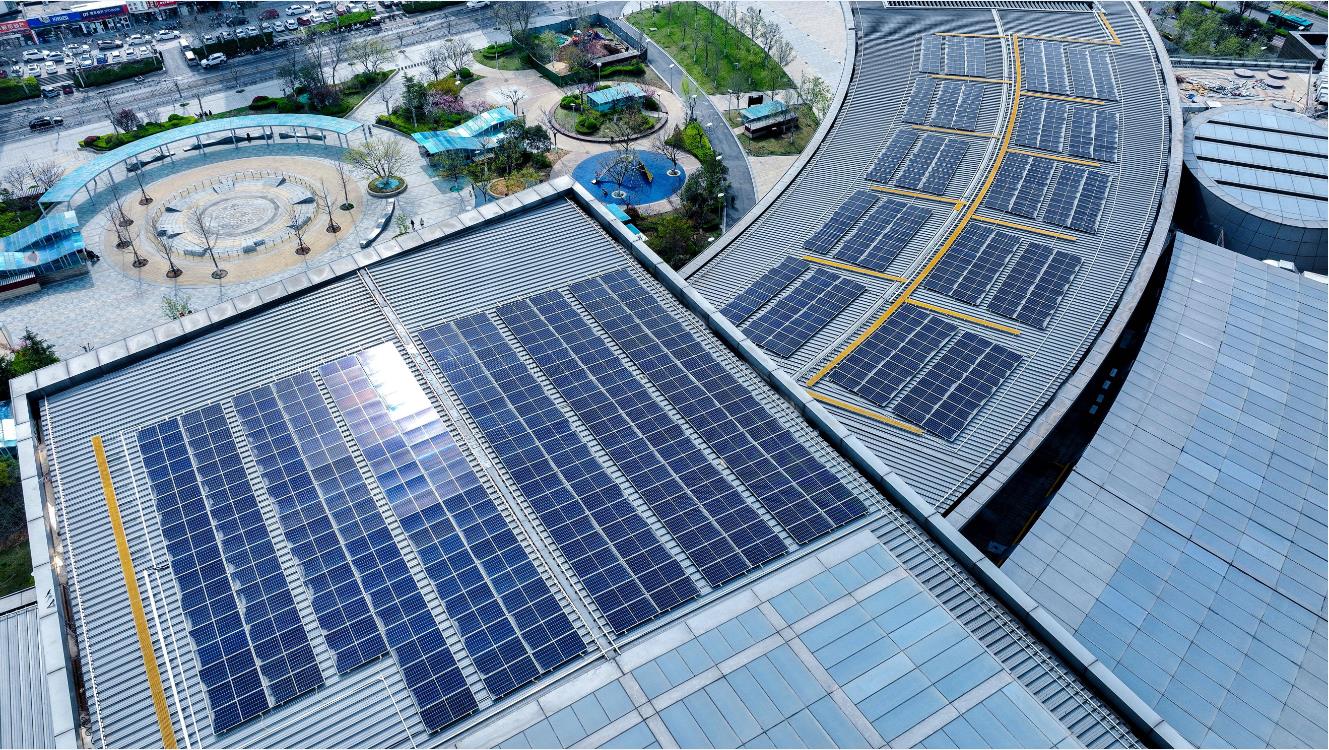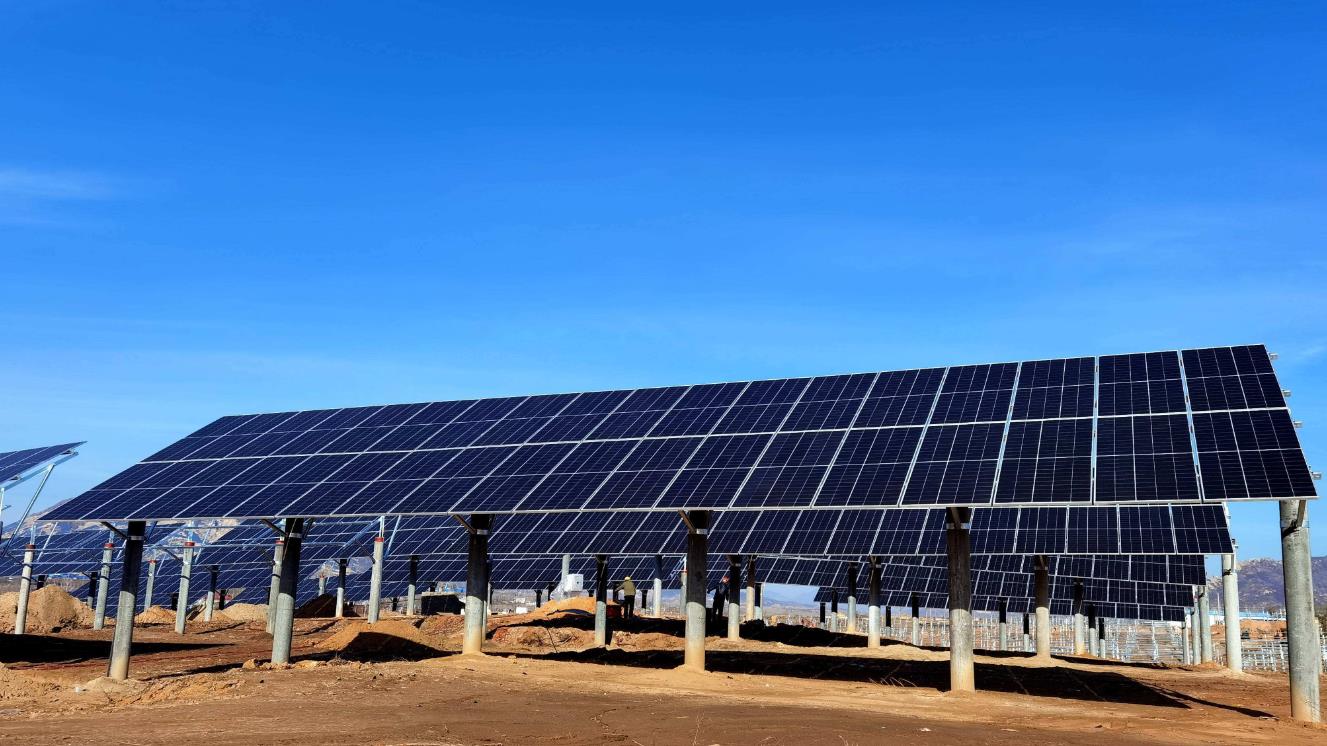The industry reshuffle will continue in 2025. After cross-border enterprises left the market first, the second- and third-tier enterprises among the industry's "natives" will face greater competition pressure and more intense "fighting". On the one hand, the current situation of homogeneity of photovoltaic products has not improved. As enterprises shift from production capacity competition to product competition, enterprises without technical and cost advantages will face greater survival pressure. On the other hand, the entire industry will almost be in a loss-making state in 2024, and the losses of second- and third-tier enterprises will be more serious. In the financing winter, few companies have taken the path of "blood transfusion" through listing. Some companies have recovered their blood by selling photovoltaic assets, but this method seems to be "treating the symptoms but not the root cause". Under the influence of factors such as lack of brand premium, poor overseas sales channels, and resistance to "low-price bids", second- and third-tier enterprises have a hard time surviving. The curtain of mergers and reorganizations has been opened. In 2025, there will be more acquisitions, and they will no longer be concentrated in the battery and component links.
In the first three quarters of 2024, my country's distributed photovoltaic installed capacity increased by 85.22 million kilowatts, exceeding the centralized type. The cumulative installed capacity of distributed photovoltaics reached 340 million kilowatts, which is about to occupy "half of the total photovoltaic installed capacity". In 2025, under the influence of a series of uncertain factors, the growth rate of distributed photovoltaics in my country may slow down. On the one hand, many places including Hebei, Shandong, and Hunan have successively introduced policies for distributed photovoltaics to participate in market-oriented transactions. Changes in electricity prices and electricity have made the income of power stations more uncertain, and the investment boundaries of distributed photovoltaic projects need to be recalculated. On the other hand, in the "Management Measures for the Development and Construction of Distributed Photovoltaic Power Generation (Draft for Comments)" issued by the National Energy Administration in October 2024, policy changes such as the cancellation of full grid access for industrial and commercial enterprises and the use of projects above 6MW for self-use only have brought uncertainty to distributed photovoltaics. Some developers have temporarily suspended the development of industrial and commercial projects, waiting for further clarification of policies.
Household photovoltaics also face challenges. In the first three quarters of 2024, the scale of household photovoltaics increased by 22.8GW, a year-on-year decrease of 31%. In this year, central enterprises such as State Power Investment Corporation have successively suspended the development of household photovoltaic projects and sold household assets. Large holders such as Yuexiu are also selling household assets. The bottoming problem of household power stations and the suspension and postponement of household and distributed photovoltaic project filing in many places due to limited consumption also affect the progress of household development.
Land is still one of the mountains weighing on the heads of photovoltaic developers. In 2024, there were countless photovoltaic projects that were punished for illegally occupying forest land and grassland, and some cases have been transferred to the public security organs for investigation and punishment. In addition, after verifying the compliance of land use for photovoltaic projects, various places have successively cancelled some photovoltaic project indicators. In 2025, the policy on photovoltaic land use remains strict and shows a tightening trend. Affected by this, the site selection risk of composite photovoltaic projects still exists, and as the scale of photovoltaic available land gradually decreases, the cost of photovoltaic land will be further raised.
From selling to manufacturing globally, the overseas production capacity layout of my country's photovoltaic enterprises has blossomed in many aspects. In 2025, overseas emerging markets will become a must-fight place for Chinese photovoltaic enterprises. According to data from the China Photovoltaic Industry Association, Europe will still be the largest export market for photovoltaic modules from January to October 2024, but its market share has declined significantly, and South Asia, Latin America and the Middle East have a large market share. Another obvious feature is that the diversification trend of the module export market is significant, and the "other" market share outside the top ten markets exceeds one-third, among which many emerging markets are nurtured.
For us, Multifit, we need to seize this opportunity and take advantage of the continuous expansion of the photovoltaic market to introduce our photovoltaic equipment and photovoltaic cleaning equipment to our potential customers, so that they can familiarize themselves with the performance and quality of our products, and ultimately place successful orders. And actively participate in domestic and international exhibitions, for example, at this year's 136th Canton Fair, we sent a luxurious lineup to participate in the exhibition. At this Canton Fair, we fully demonstrate our latest products to these potential customers and seize these opportunities that allow our end customers to experience our products for the first time.
Post time: Jan-06-2025


